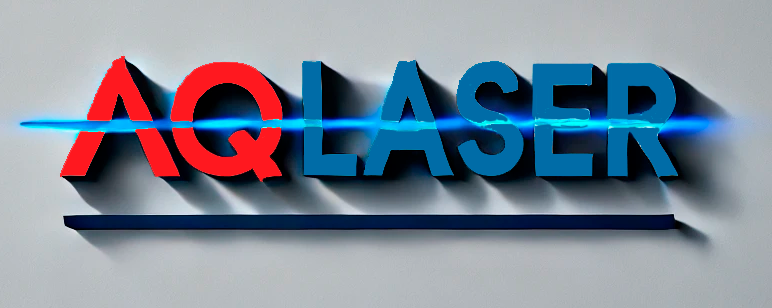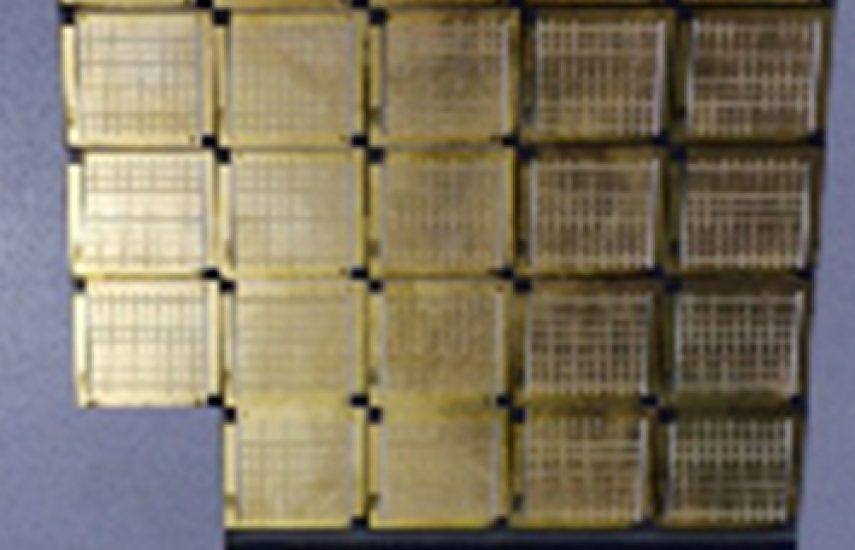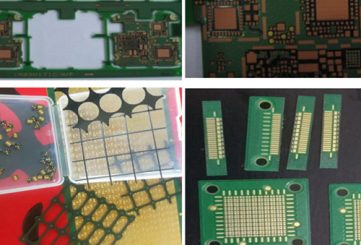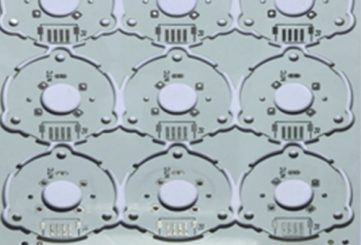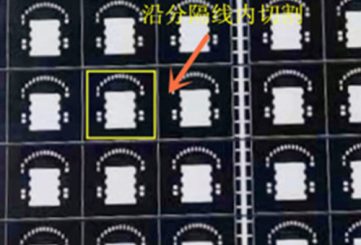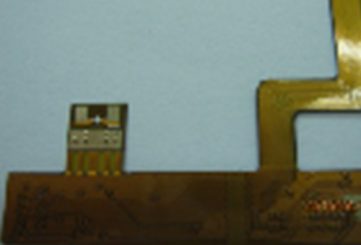Ceramic Substrate Scribing
Ceramic Substrate Scribing – Precision Laser Processing for High-Performance Electronic Components
Ceramic Substrate Scribing is a high-precision laser machining process designed to create controlled scribe lines on ceramic substrates for easy singulation into individual components for medical and electronic applications. Utilizing advanced CO2 laser technology, this process delivers clean, precise scribe lines with minimal thermal impact, ensuring substrate integrity. Crafted from high-performance ceramics such as alumina (Al2O3), aluminum nitride (AlN), and silicon nitride (Si3N4), the resulting components offer excellent thermal conductivity, electrical insulation, and mechanical strength, making them ideal for microelectronic circuits, medical devices, and high-power electronics. The laser-scribed design enables accurate separation without compromising quality, optimizing performance in demanding environments. Tailored for high-precision applications, this process meets the rigorous standards of modern healthcare and electronics manufacturing.
Key Features:
- Ultra-Precise Scribing: Achieves scribe line accuracy of ≤±10 µm for precise singulation of ceramic substrates.
- Minimal Thermal Impact: CO2 laser technology minimizes heat-affected zones, preserving material integrity.
- High Material Strength: Ceramics like Al2O3, AlN, and Si3N4 provide superior mechanical and thermal properties.
- Clean Scribe Lines: Produces burr-free, carbonization-free edges for enhanced technical cleanliness.
- Material Versatility: Compatible with alumina, aluminum nitride, and silicon nitride substrates.
- Cost-Effective Processing: Enables batch production with easy singulation, reducing manufacturing costs.
Certification and Standards:
The Ceramic Substrate Scribing process adheres to stringent international quality standards to ensure reliability and performance in electronics manufacturing. It is certified under ISO 9001, which establishes a robust framework for consistent quality management, ensuring that every stage of production meets high standards of precision and reliability. Additionally, it complies with IATF 16949, a standard specifically tailored for the automotive and electronics industries, guaranteeing exceptional quality control and traceability for critical applications. These certifications reflect a commitment to delivering high-performance components that meet the exacting demands of medical and industrial electronics sectors.
Aluminum Substrate:
- Excellent Thermal Conductivity: Efficiently dissipates heat, ideal for high-power electronics like LED lighting and medical imaging devices.
- Lightweight: Reduces overall device weight, enhancing portability for applications in wearables and compact electronics.
- Cost-Effective: Offers a balance of performance and affordability, suitable for large-scale electronics manufacturing.
- Corrosion Resistance: Resists environmental degradation, ensuring durability in harsh conditions.
- Mechanical Strength: Provides robust support for circuit components, maintaining structural integrity under stress.
- Recyclability: Environmentally friendly, supporting sustainable manufacturing practices.
Copper Substrate:
- Superior Electrical Conductivity: Ensures efficient signal transmission, critical for high-frequency 5G antennas and power electronics.
- High Thermal Conductivity: Effectively manages heat dissipation, ideal for high-performance PCBs and medical devices.
- Ductility: Allows precise forming and shaping, enabling intricate designs for compact electronic assemblies.
- Durability: Resists wear and tear, providing long-term reliability in demanding applications.
- Solderability: Facilitates strong, reliable connections in circuit assembly, enhancing manufacturing efficiency.
- High-Density Interconnect Support: Enables complex, high-density circuit designs for advanced electronics.
Ceramic Substrate:
- Exceptional Thermal Stability: Withstands extreme temperatures, ideal for high-power and high-frequency electronics like RF modules.
- Superior Electrical Insulation: Prevents unwanted conductivity, ensuring reliable performance in sensitive medical and telecom devices.
- High Mechanical Strength: Maintains structural integrity under stress, supporting precision manufacturing of complex designs.
- Chemical Inertness: Resists corrosion from chemicals and environmental factors, ensuring long-term reliability.
- Low Dielectric Loss: Enhances signal integrity, making it perfect for high-frequency applications like 5G and radar systems.
- Biocompatibility: Suitable for medical implants and diagnostic equipment due to its non-reactive properties.
- Microelectronic Circuits: Produces precision substrates for high-density electronic applications.
- Medical Devices: Supports scribing of ceramic components for diagnostic and implantable devices.
- High-Power Electronics: Used in substrates for power electronics and semiconductor applications.
- Optoelectronic Components: Facilitates scribing for LED packages and optical device mounts.
- Medical Device Manufacturing: Incorporated in the production of advanced ceramic substrates.
- Material: Ceramics (e.g., Alumina (Al2O3), Aluminum Nitride (AlN), Silicon Nitride (Si3N4))
- Thickness: 0.3–2.0 mm
- Scribe Line Width: 15–30 µm
- Scribe Accuracy: ≤±10 µm
- Surface Roughness: Ra <0.2 µm
- Manufacturing Process: CO2 laser scribing with automated feeding
- Operating Temperature: -20°C to 500°C, suitable for high-temperature applications
- Degradation: Non-degradable, designed for long-term stability
